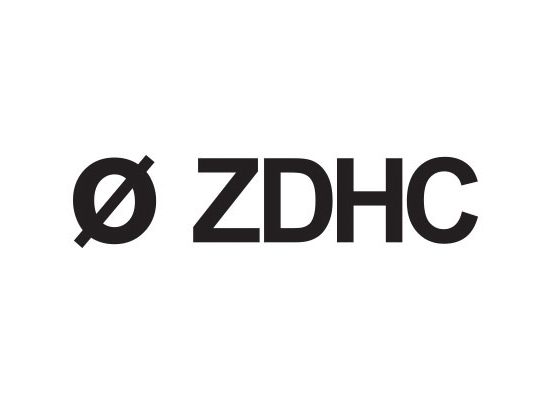Primary Functions
- Find a unified set of global wastewater quality expectations for the apparel industry.
Detailed Description
The apparel industry uses vast quantities of fresh water and discharges significant volumes of wastewater. These discharges contribute to pollution of waterways in China, Southeast Asia and other production countries around the world. The ZDHC Roadmap to Zero Programme released the first ZDHC Wastewater Guidelines for the apparel, textile and footwear industry at the end of 2016. These Guidelines are an attempt to document a unified set of global wastewater quality expectations.
Wastewater treatment of apparel and footwear industry discharges is a complex process and we hope that this technical overview of the wastewater treatment process, together with regional training programmes and other relevant references, will help to close the knowledge gap on wastewater treatment technologies and thereby motivate fabric mills and other relevant facilities of the global apparel and footwear industry to implement the professional treatment systems necessary to meet the ZDHC Wastewater Guidelines.
One of the main sources with severe pollution problems worldwide is textile industry effluent containing synthetic dyes and other auxiliary chemicals. The textile dyeing and finishing industry is the largest user of the US$14.5 billion commercial dyes and pigments industry which is predicted to reach US$42 billion by 2021 according to some market research. The textile industry in turn depends on population growth and private consumer spending. The global ready-made garments (RMG) industry is a US$445 billion industry. The biggest exporters of RMG are in Asia, with China and Bangladesh being the leading exporters.
The World Bank estimates that 17 – 20% of industrial water pollution comes from dyeing and finishing treatment given to fabrics. Textile wastewater is a mixture of many different compounds consisting of fiber and lint, rich in colour from dyes and chemicals, salts like sodium chloride and sulfate, alkalis contributing to high pH, biodegradable organic compounds, recalcitrant compounds (persistent organic compounds) from aromatic and heterocyclic compounds, oil and grease, hydrocarbons, hazardous heavy metals, surfactants, anionic compounds and volatile compounds.
Given the complexity of textile effluent, a proper understanding of textile effluent and its treatment is necessary to make the industry sustainable and pollution free.





